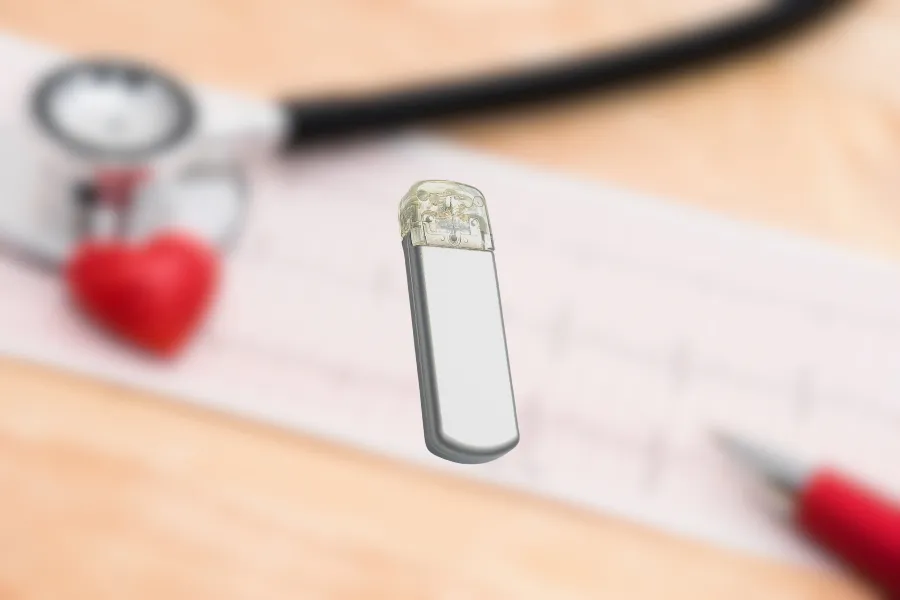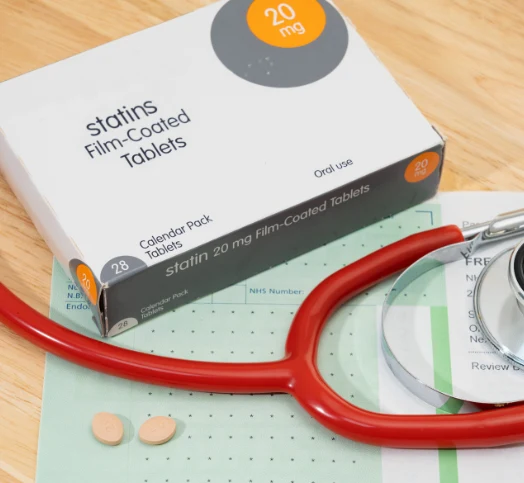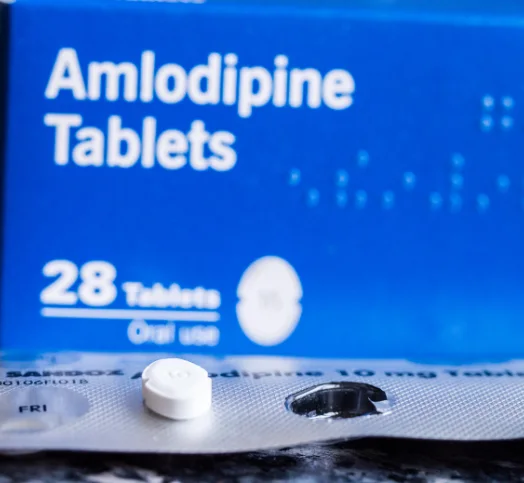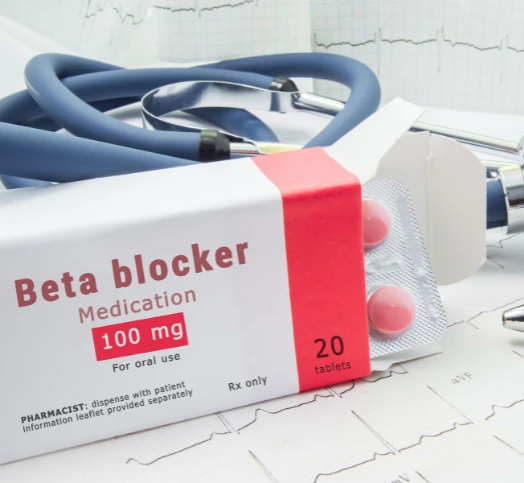Cardiac monitoring devices are essential tools in cardiology, providing invaluable insights into the heart’s electrical activity. This article will explore various types of heart monitors, their indications, and procedures, with a focus on loop recorders.
Types of Heart Monitors
- Holter Monitors (24-Hour)
- Description: Holter monitors are portable devices worn for 24 hours. They continuously record the heart’s electrical activity.
- Indications: They are typically used for detecting arrhythmias that may not occur during a standard electrocardiogram (ECG) in a doctor’s office.
- Extended Holter Monitors (48-72 Hours)
- Description: These devices work similarly to 24-hour Holter monitors but are worn for an extended period (48-72 hours) to capture less frequent arrhythmias.
- Indications: Suitable for patients with intermittent symptoms that do not occur daily.
- Event Monitors (30 Days)
- Description: Event monitors are worn for up to 30 days and activated by the patient when they experience symptoms. Some models automatically record events based on pre-set criteria.
- Indications: Useful for capturing sporadic arrhythmias and symptoms like palpitations or dizziness.
- Loop Recorders (Implantable)
- Description: Implantable loop recorders (ILRs) are small devices inserted under the skin to continuously monitor the heart for up to 3 years.
- Indications: Ideal for patients with unexplained syncope (fainting), cryptogenic stroke, or to monitor for atrial fibrillation (AF).
Indications for Loop Recorders
- Unexplained Syncope
- ILRs are often used when a patient experiences fainting spells without a clear cause. They help determine if the syncope is due to a cardiac arrhythmia.
- Cryptogenic Stroke
- In patients who have had a stroke with no obvious source, ILRs can help detect underlying atrial fibrillation, a common cause of stroke.
- Atrial Fibrillation Monitoring
- For patients with a history of AF or at high risk for AF, ILRs provide continuous monitoring to detect episodes that might not be symptomatic.
Procedure for Inserting a Loop Recorder
- Preparation
- The insertion procedure is minimally invasive and typically performed in a hospital or outpatient setting. Local anesthesia is used to numb the area.
- Insertion
- A small incision is made in the chest, and the device is placed just under the skin. The procedure usually takes about 15-20 minutes.
- Post-Insertion
- Patients can typically return to normal activities shortly after the procedure. The incision site should be kept clean and dry until healed.
Monitoring and Data Retrieval
Modern ILRs often come equipped with Bluetooth technology, allowing them to transmit data to a smartphone app. This facilitates continuous monitoring and timely data sharing with healthcare providers. Key features include:
- Automatic Data Transmission: Data is automatically sent to a secure server, where it can be reviewed by healthcare professionals.
- Patient Alerts: Patients can receive alerts for detected events, prompting them to seek medical attention if necessary.
- Remote Monitoring: Physicians can remotely monitor the patient’s heart activity and adjust treatment plans accordingly.
Conclusion
Loop recorders play a crucial role in the diagnosis and management of cardiac arrhythmias, particularly for patients with unexplained syncope, cryptogenic stroke, and atrial fibrillation. With advancements in technology, these devices provide continuous, reliable monitoring, ensuring timely intervention and improved patient outcomes.










